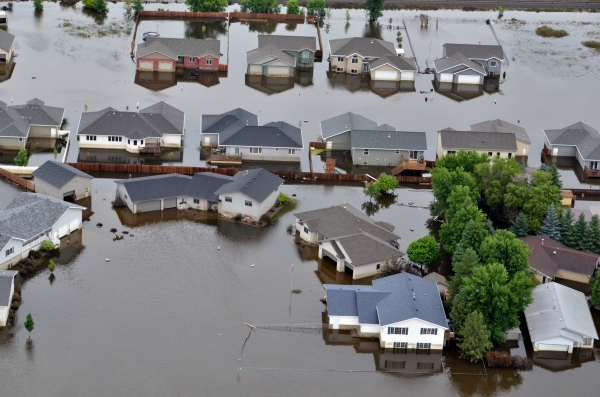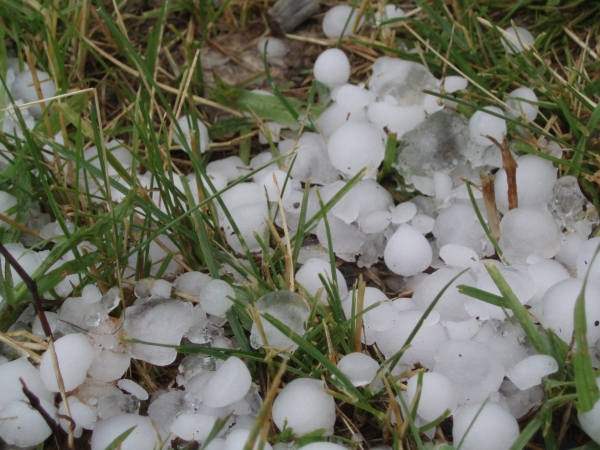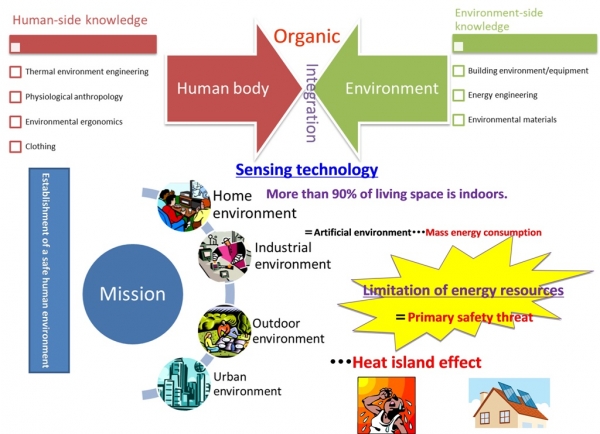WEATHER HAZARDS TO AGRICULTURAL PRODUCTION
There are so many natural calamities or hazards that affect crop production
Natural Hazards
Some natural hazards are weather abnormalities/ events:-
1. Tropical & extra tropical cyclones
2. Tornadoes
3. Thunderstorms
4. Lightning
5. Hail storms /Snow storms /Dust storms
6. High winds
7. Freezing rain and frost
8. Fog
9. Drought/ Scanty rainfall
10. Flood/ Landslide/ Avalanches
11. Forest fire
12. Desert locust swarms
Two important weather hazards has a significant on crop production to be covered are
(A) Drought and (B) Frost
(A) Drought:
It is a climatic anomaly characterized by deficient supply of moisture. The drought can be defined in terms of moisture deficiency, which is a balance between the water availability and water demand.
How water supply becomes deficient?
Such deficiency results from,
1) Sub normal rainfall
2) Erratic rainfall distribution
3) Excessive water need
4) Combination of all the above three factors.
Classification of drought
According to Thornthwaite (1947) there are four types of droughts,
(a) Permanent , (b) Seasonal , (c) Contingent and (d) Invisible drought
(a) Permanent drought:
It is found in the desert areas where, in no season the precipitation equals to the water need. Plants therefore are adapted to dry conditions. Agriculture is impossible without irrigation facilities in this region.
(b) Seasonal drought:
This drought can be expected in each year. These droughts are resulted from large seasonal air circulation changes. Agriculture is possible during the rainy season or with the use of irrigation in the dry season. Regions of seasonal drought have well defined rainy and dry seasons.
(c) Contingent drought:
This drought results from the irregular and variable rainfall. They occur in any season and are usually more severe during greatest water need periods. This drought is unpredictable.
(d) Invisible drought:
This can occur at any time, even during period with rainfall, when the daily rainfall fails to meet the daily water need of plants. As a result, there is a slow drying of the soil and plants fail to grow at their optimum rate.
According to National Commission of Agriculture (1976) there are three types of droughts
(1) Meteorological drought
(2) Hydrological drought
(3) Agricultural drought
(1) Meteorological drought:
It is a situation where there is significant decrease from normal precipitation over an area. The meteorological drought over an area for a year has been defined by
‘India Meteorological Department (IMD)’ defines drought as a situation when the seasonal rainfall over the area or place is less than 75 per cent of its long term average or the normal. It is further classified, as moderate drought if the rainfall deficit is between 25 to 50 per cent and severe drought when it is less than 25% of the normal. Meteorological drought can be local or regional or sub divisional. In temporal scale it can last for a few weeks longer in the season.
(2) Hydrological drought:
Meteorological drought if prolonged, results in hydrological drought with marked depletion of surface water and subsequent drying up of reservoirs, lakes, streams and river and fall in ground water level.
(3) Agricultural drought:
It occurs when soil moisture and rainfall are inadequate during the growing season to support a healthy crop growth till maturity, causing extreme crop stress and wilt.
There are seven kinds of agricultural drought:
1. Permanent drought: This type of drought is common in arid regions. Under such condition rainfall is not sufficient to grow crop in any seasons during year.
2. Early season drought: It is due to delayed monsoon which alters optimum time of sowing, growing season of crop, incidence of insect and pest deceases crop productivity
3. Mid-Season drought: It is caused by the breaks in the monsoon during crop growing seasons. Drought during vegetative phase results in stunted growth low leaf area development and reduced plant populations.
4. Late-Season drought: It is caused due to early withdrawal of rainy season It has impact at reproductive stage leading to force maturity.
5. Apparent drought: It is caused due to mismatching of the cropping pattern with rainfall distribution and moisture availability.
6. Contingent drought: It is caused due to irregularity of rain fall in any season.
7. Invisible drought: This type of drought occurs in humid region when daily rain water is not enough to meet daily water requirement of the crop.
Socio economic drought
It combines the impact of meteorological, hydrological and the agricultural droughts on society in terms of economy in the region.
Agricultural practices to be taken under drought conditions:
1. Drought resistance cultivars of plants / seeds should be preferred for sowing.
2. The use of keeping fallow land as a management technique.
3. Erosion of drought affected soils and adoption of water harvesting technology.
4. Pasture land management or grasses may be grown in drought prone area.
5. Effect of drought on the lives of various insects and pests and on diseases is brought about by reducing moisture content of their natural environment.
6. In general drought is adverse to agriculture, but it brings a measure of compensation in greatly reducing economic loss from some pests and diseases. Powdery mildew often flourishes in dry weather and aphids and birds, which migrate early from drying, grass to alternative sites such as crops and orchard trees, causing greater damage.
7. Some agricultural practices can influence meteorological condition in the plant /soil environment and these may be used to advantage under drought conditions e.g. wind barriers can reduce evapotranspiration in their lee ward side, thus reducing the demand on the store of soil moisture.
8. Elimination of weed and conserve soil moisture for crop use in later stage.
(B) FROST
Frost is said to occur when the surface temperature (of the ground or plant etc.) falls below 0oC. Frosts are generally expected on clearer nights. The conditions for the formation of frost are clear sky and calm atmosphere without winds.
Influence on crop production:
1. Frost is undesirable and detrimental to many of the crops.
2. The crops, which are highly susceptible to frost, are; pigeon pea (tur), potato, tomato and other solanaceous crops, cotton, sugarcane etc.
Symptoms of frost damage
1. The crops turn black and have the similar effect of burning.
2. Fruits may crack and become stony and hard.
3. Leaves may fall down and wilt.
Preventive measures:
(1) Susceptible crops should be irrigated as soon as frost is forecasted.
(2) Field should be made smoky by burning heaps of waste vegetation.
(3) Application of balanced fertilizers makes the plants sturdy and to avoid the frost hazard to some extent.
PROTECTIVE MEASURES:-
The principle of avoiding or protecting the crops from frost is increase the temperature of the soil- plant- air continuum to above some critical temperature value. This can be achieved in three ways:
1) Retard energy less from the system.
2) Redistribution of existing energy within the system.
3) New sources of energy can be added to the system by artificial means.
Practices to attain the above principles:-
I. Radiation control
II. Soil heat control
III. Latent heat control
IV. Sensible heat control.
Radiation control: -
Net radiation (long wave) loss is the main source of radiational cooling. Frost is more prevalent on cloudless nights. So, if we close the window by placing a radiative screen above the surface then the loss of radiation can be controlled and conserved and the temperature can be raised.
Sensible heat control: -
By vertical mixing and by increasing turbulent mixing in the surface layer the downward flux can be increased and the average temperature of the lower layer is raised.
Latent heat control: -
By irrigating we can maintain the temperature above 0ºC, because the specific heat of water is higher.
Soil heat control:-
i. By applying mulch
The mulching material is applied in the evening of a frost-risk night.

Cyclone 
Flood
FOG
Hail
Hurricane
Thunderstrom
Threats to human Environmental safety

